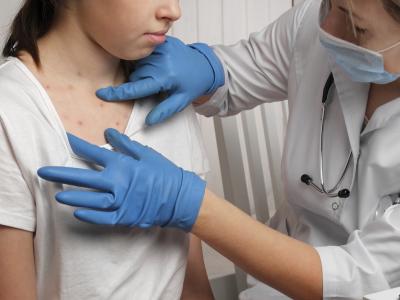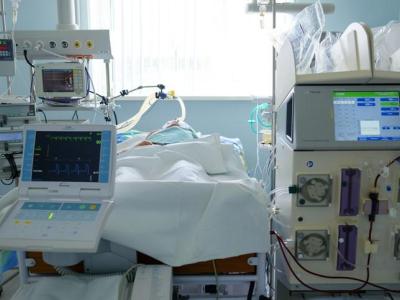Positive test at Hong Kong poultry market prompts poultry sale suspension
Hong Kong officials yesterday suspended live-poultry trading after a routine surveillance test detected H7N9 avian flu in droppings from poultry at a market stall, according to a government announcement yesterday.
The positive sample was detected at a market in Tuen Mun on May 16. The stall sells live chickens and pigeons and is one of two at the market. Tests on poultry from the other stall were negative.
The live-poultry suspension will be in place until inspections of all local poultry farms are completed and specimens are negative, Ko Wing-man, MBBS, Hong Kong's secretary of food and health, said today at a press briefing.
Among other response steps, all 4,500 poultry at Hong Kong's only poultry wholesale market will be culled, though all samples collected from the site have tested negative, Xinhua, China's state news agency, reported today. Tests from 9 of Hong Kong's poultry farms yielded no positive H7N9 results, and inspection and sampling will take place at the remaining 20 chicken farms.
Jun 5 Hong Kong government statement
Jun 6 Hong Kong press release
Jun 6 Xinhua story
Study finds H7 exposure in Egyptian poultry workers
Though no human infections of H7 avian flu have been reported in Egypt, the country's poultry growers have been exposed to the strain, according to a 3-year prospective cohort seroprevalence study published Jun 3 in PLoS One.
H7 viruses haven't been found during active surveillance in Egyptian poultry, but H7N3, H7N7, and H7N9 have been isolated from wild birds, with those strains closely related to low-pathogenicity Eurasian, African, or Central Asian lineage viruses.
For the H7 study, Egyptian researchers and their collaborators from St. Jude Children's Research Hospital in Memphis, Tenn., used sera collected as part of a 3-year cohort study on H5N1 and H9N2 seroprevalence, which was found to be 2% and 5% to 7%, respectively.
Those enrolled in the study included 750 poultry-exposed people from five Egyptian governorates and 250 unexposed controls from Cairo. The samples were collected at the end of 2010 and early 2011 for baseline data, then after 1 year and 2 years.
In the exposed group, annual seroprevalence levels were 0%, 1.9%, and 2.1% as measured by microneutralization assay. For the control group, seroprevalence was 0% for each of the 3 years. The researchers confirmed their findings with western blot and immunofluorescence assays.
The team said the findings show a need to monitor the threat of H7 virus spread to exposed poultry workers.
Jun 3 PLoS One abstract









